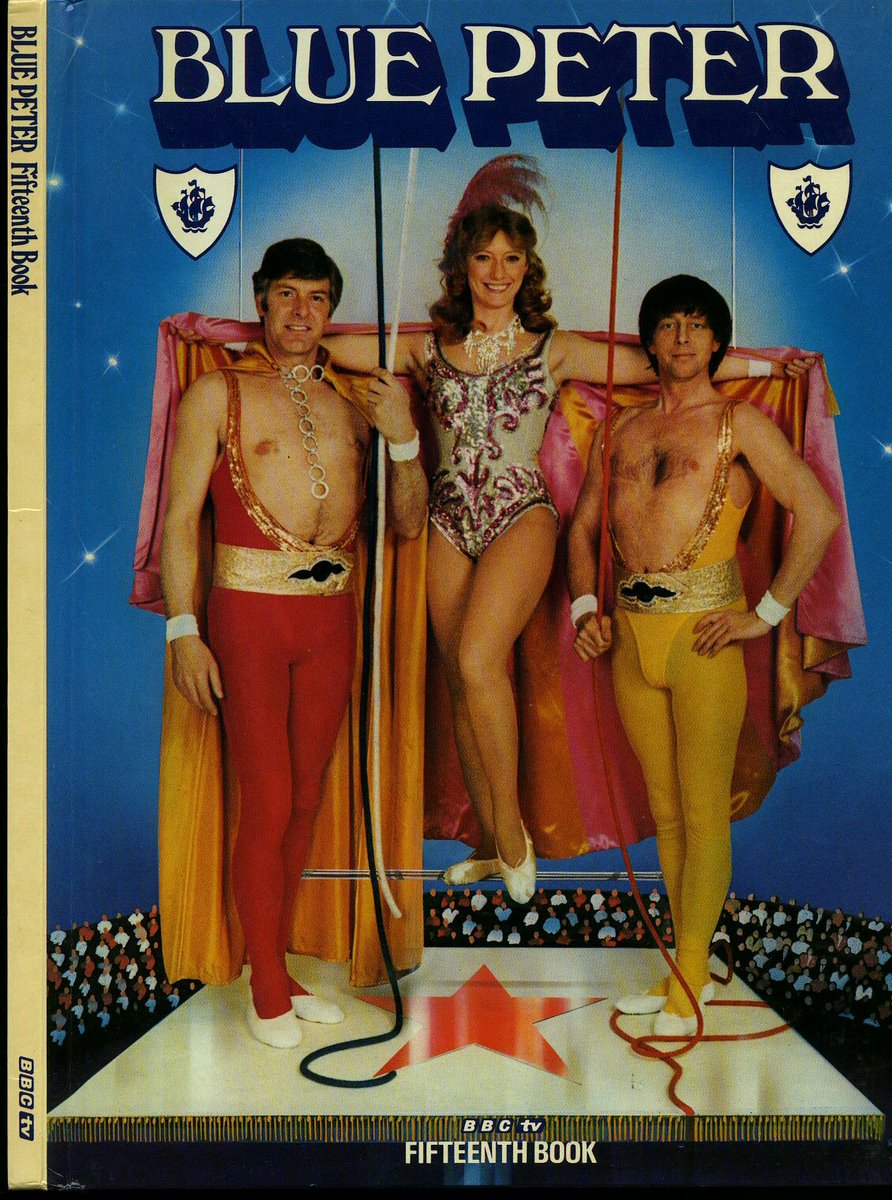
Today in pulp: a quick look back at the rise and fall of romance comics!
"You'll share every kiss, every tear..." #WednesdayThoughts
"You'll share every kiss, every tear..." #WednesdayThoughts

Romance comics grew out of the 'true confession' magazines of the 30s and 40s, but were targeted at a post-war teen market. The comics industry was looking to diversify and love stories looked like an untapped market. 



Romance comics told first-person stories of the agony and the ecstasy of teenage love, even if their early protagonists looked anything but teen-age! Having older characters helped them tell more mature stories however. 



Jack Kirby and Joe Simon pioneered the genre with the release of their Young Romance comic in 1947. It was quite a departure from their early Captain America work, but it soon became immensely popular - and lucrative! 



Early stories could be anything but inmocent: romance comics mined classic pulp themes such as betrayal, crime, madness and extortion. It wasn't long before a mini moral panic started about them. 



The 1954 Comics Code led to publishers censoring their own content, and romance comics settled into a groove of jilted lovers and tortured tales of emotional confusion. 

Romance comics were serious business and attracted some of the best comic artists: both Frank Frazetta and Wally Wood worked on romance titles. 


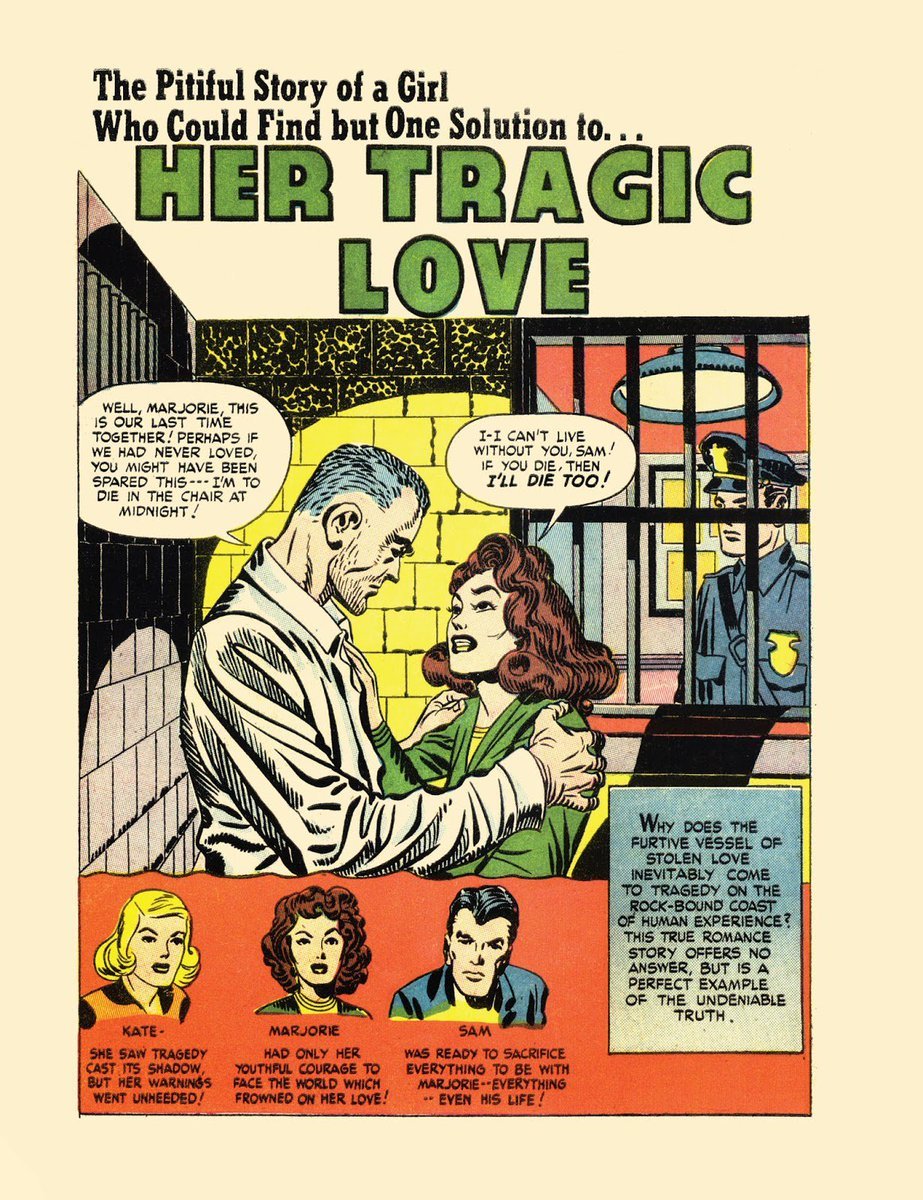
By its 1960s peak there were over 100 romance comic titles in circulation, looking at every aspect of romance no matter how unlikely. 




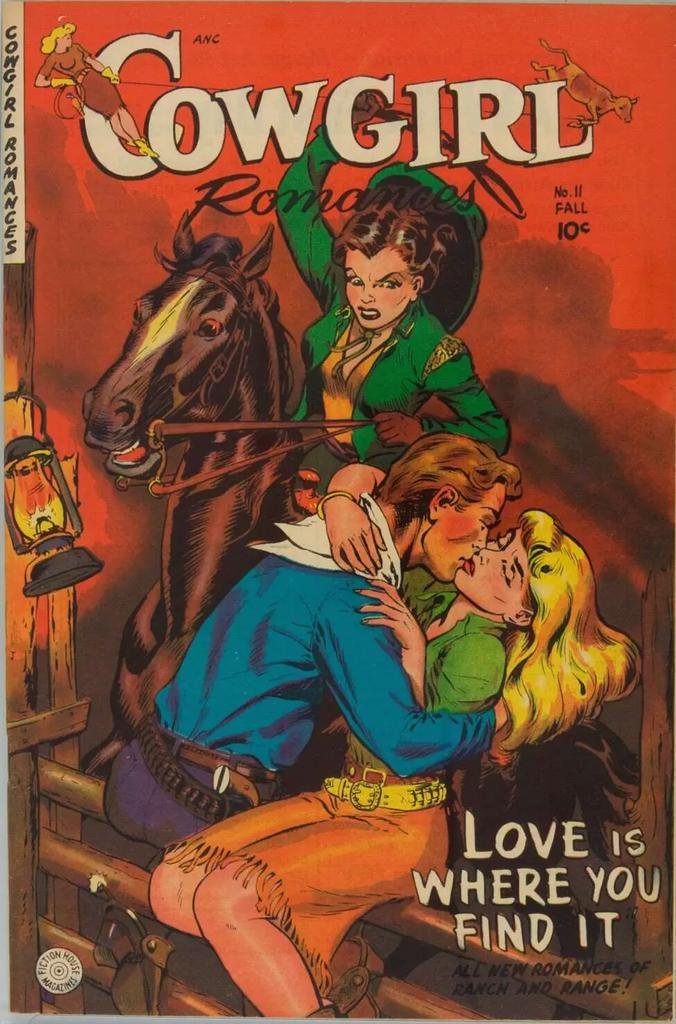


Roy Lichtenstein immortalised the world of the romance comics in his 1963 painting In The Car: based on a panel from the September 1961 edition of Girls' Romances. 



As the 1960s progressed the romance titles tried to get with the times: pop stars, swinging parties, groovy guys and free love... 


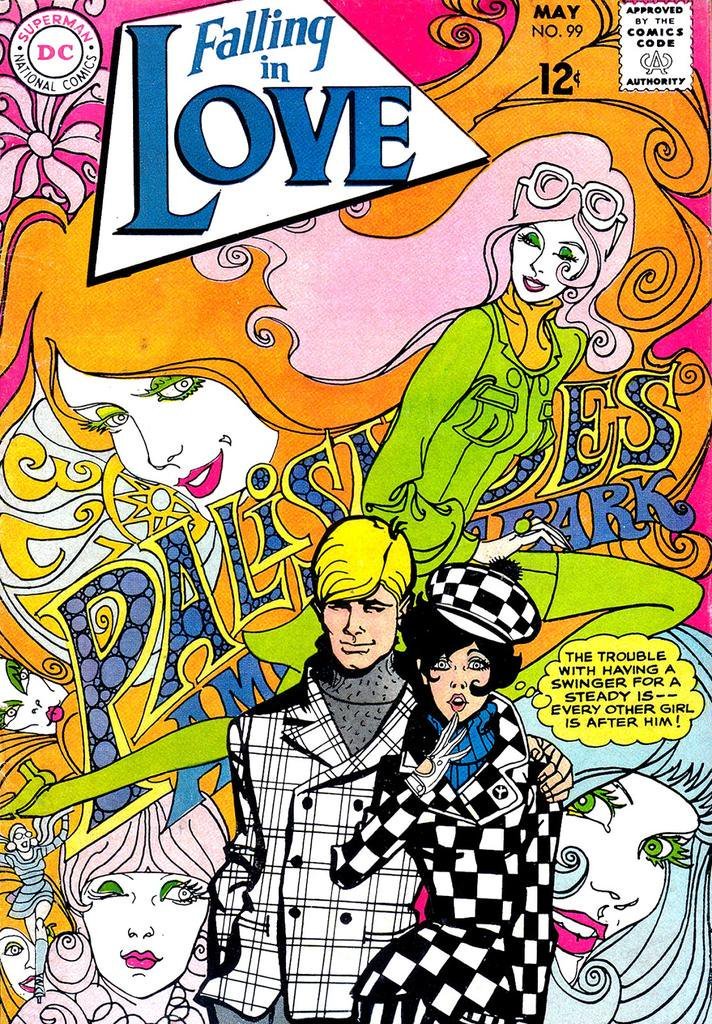
... but they also tried to reflect more modern aspirations: careers and Women's Lib jostled with marriage and fidelity in the romance stories - sometimes quite awkwardly. 



But the audience were outgrowing the content. By 1975 almost all of the romance comics had closed: the more generalist (and often more mature) teen magazines ruled the roost. 


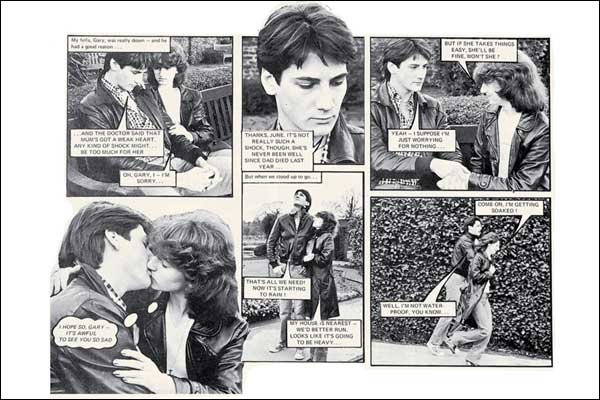
Will romance comics ever make a comeback? That's a tough call: the audience has changed and so has the nature of comic books. I think this is a romance that may have run its course. 



If you want to learn more about romance comics then do follow @jacquenodell or check out her excellent site Sequential Crush: sequentialcrush.com You won't be disappointed!
More pulp genres another time...
More pulp genres another time...

• • •
Missing some Tweet in this thread? You can try to
force a refresh












